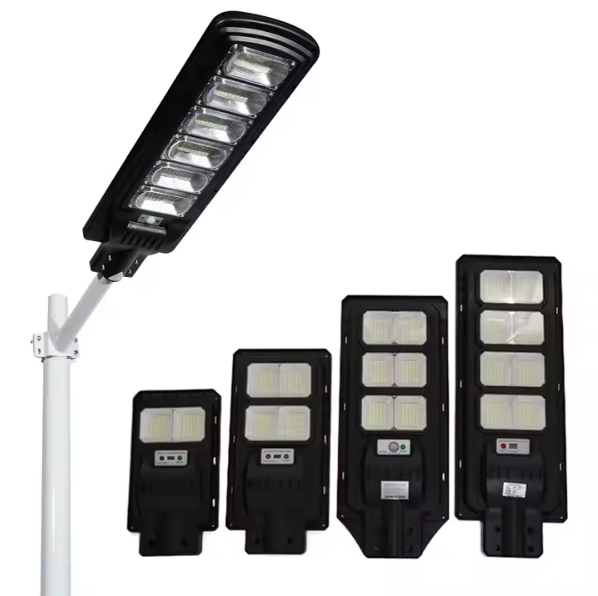How is the installation process of a solar street light? Do they require wiring?
by
How is the installation process of a solar street light? Do they require wiring?
The shift toward sustainable lighting has brought solar street lights into the spotlight. But what does their installation entail?
Solar street lights require no wiring as they operate independently using solar panels and batteries, making installation quick and eco-friendly. The process involves mounting the light pole, connecting the solar panel, and ensuring proper sunlight exposure for optimal performance.
Transition Paragraph:
Curious about the specifics? Let's explore the step-by-step installation and uncover why these lights are revolutionizing urban and rural lighting alike.
Can solar street lights be customized for different brightness levels or sensor features?
Ever wondered if solar street lights can adapt to your specific lighting needs? The answer is simpler than you think.
Yes, solar street lights can be customized with adjustable brightness levels and advanced sensors (like motion or dusk-to-dawn) to suit varying requirements, enhancing both efficiency and user convenience.
Customization Options for Solar Street Lights
-
Brightness Adjustments:
- Most models offer programmable LED drivers to control lumen output (e.g., 2000–10,000 lumens).
- Dimming modes (50%–100%) conserve energy during low-traffic hours.
-
Sensor Integration:
- Motion Sensors: Activates bright light upon detecting movement (ideal for security).
- Dusk-to-Dawn Sensors: Automatically turns lights on/off based on ambient light levels.
-
Smart Controls:
- Wireless remote or app-based adjustments for real-time brightness/scheduling.
| Feature | Benefit | Example Use Case |
|---|---|---|
| Adjustable LEDs | Reduced energy waste | Residential pathways |
| Motion Sensors | Enhanced security | Parking lots |
Pro Tip: Opt for lights with modular designs to easily upgrade sensors or batteries later.
How long can a fully charged solar street light stay illuminated at night?
Picture this: a cloudy week with minimal sunlight. Will your solar lights still work?
A fully charged solar street light typically provides 8–12 hours of illumination, depending on battery capacity (e.g., 20Ah–100Ah) and weather conditions. High-efficiency models can last multiple cloudy days.
Factors Affecting Runtime
-
Battery Type:
- Lithium-ion: Lasts 5+ years, 10–12 hours per charge.
- Lead-acid: Cheaper but offers 6–8 hours; shorter lifespan.
-
Solar Panel Efficiency:
- Monocrystalline panels (≥20% efficiency) outperform polycrystalline in low light.
-
Energy-Saving Modes:
- Smart dimming extends runtime by 30–50%.
Example: A 30W LED with a 50Ah lithium battery lasts ~10 hours at 100% brightness or ~15 hours at 70%.
Did You Know? Some models include hybrid wind-solar systems for cloudy climates.
Do solar street lights need maintenance, and how often?
Solar lights are hailed as "maintenance-free," but is that entirely true?
Solar street lights require minimal maintenance—primarily cleaning solar panels every 3–6 months and battery checks every 2–3 years. Proper care ensures longevity and consistent performance.
Maintenance Checklist
-
Routine Tasks:
- Wipe dust/debris off panels monthly in dusty areas.
- Inspect poles and brackets for rust or damage annually.
-
Battery Care:
- Replace lithium batteries every 5–7 years.
- Ensure connections are corrosion-free.
-
Seasonal Adjustments:
- Tilt panels steeper in winter for better sun exposure.
| Component | Maintenance Frequency | Signs of Wear |
|---|---|---|
| Solar Panel | Biannual | Reduced charging speed |
| Battery | Biennial | Swelling or leakage |
Tip: Choose IP65-rated lights to minimize weather-related wear.
Conclusion
Solar street lights offer wire-free installation, customizable features, reliable nighttime operation, and low upkeep—making them a sustainable and cost-effective lighting solution.
Popular Posts
You may also be interested in:




